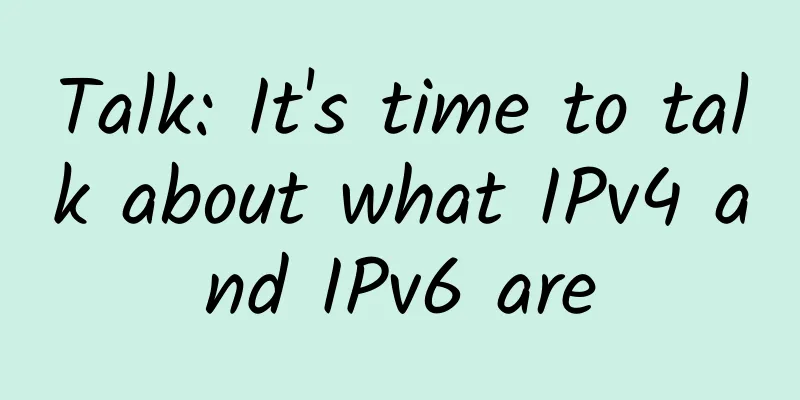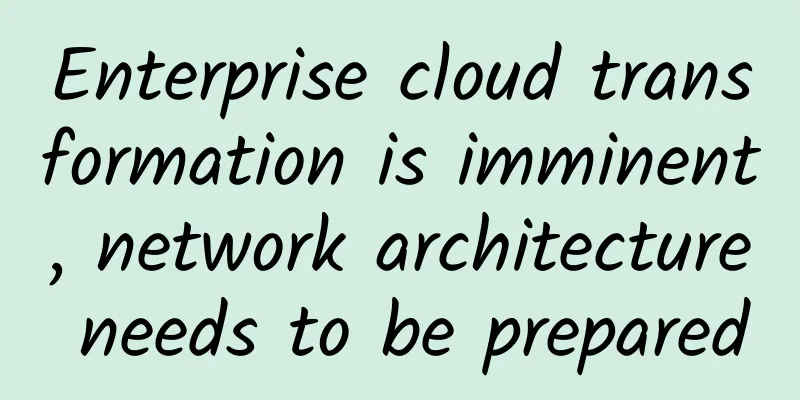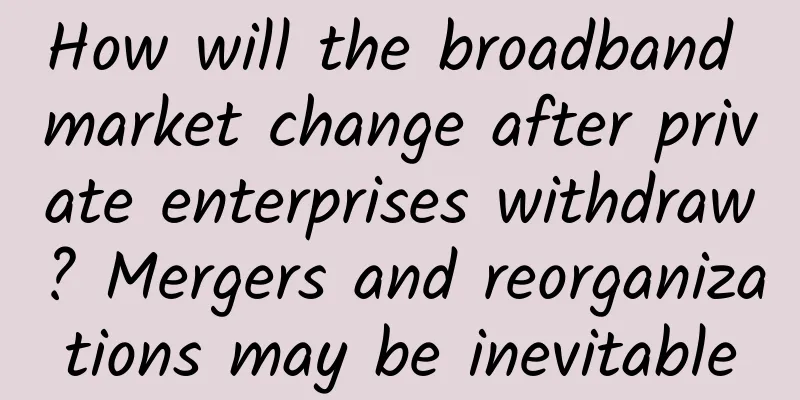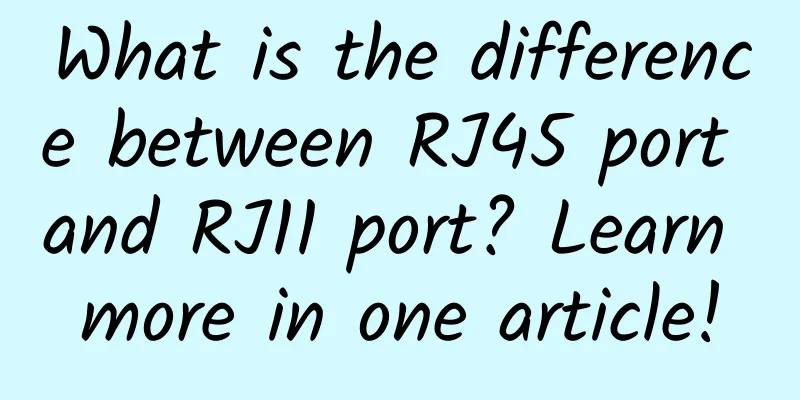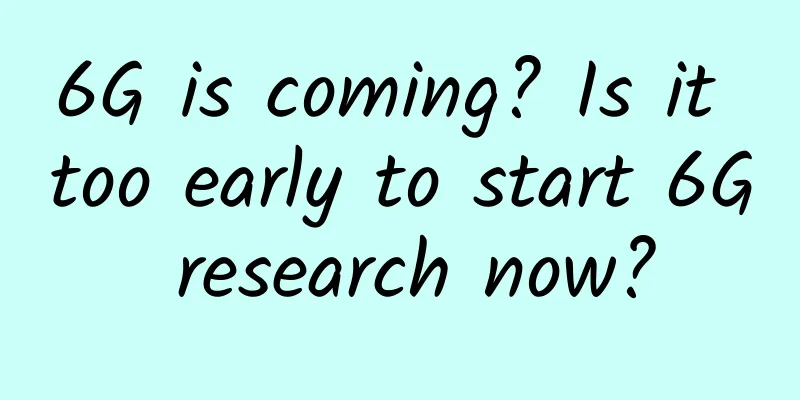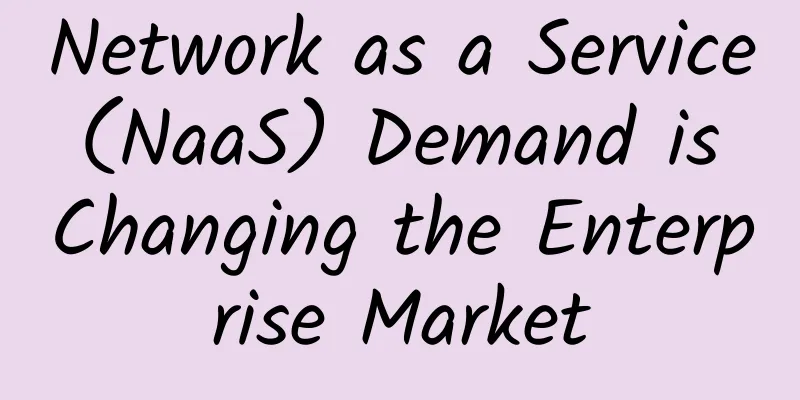The Internet of Things in the Eyes of Operators: The Story of the Internet of Things and Two Scissors

|
Previous article: "The Internet of Things in the Eyes of Operators: From 0 to 300,000, and then to the stars and the sea" Recently, two stories of scissors gap happened around me: one is the statistical bulletin of the communications industry from January to April released by the Ministry of Industry and Information Technology. The total volume of telecommunications business increased by 125% year-on-year, but the revenue increased by only 4.5% year-on-year. These data are affected by "mobile business + broadband business", a huge scissors gap. I can't help but sigh: Has the traditional business reached the top? The second is that the company announced the annual mobile business net increase task, which is the same as the net increase task of the Internet of Things this year. One is such a huge mobile business market, and the other is an emerging business that has just started, but the task volume is the same. It is another scissors gap, and another sigh - how will the traditional business change? What will happen in the future of the Internet of Things?
This is the best era, this is the worst era - if you adapt, you will be the best, with endless social development dividends waiting to be tapped; if you don't adapt, it will be the worst, and you won't be reminded when you are abandoned. As a member of the operator's Internet of Things, how should you adapt to such changes? The IoT system is one of the most integrated product systems among operators. From the CRM acceptance system to the PAAS connection management platform or SAAS application enablement, from the card blank selection and procurement to the supply docking, from the business docking model to the acceptance process, all are completed independently within the system. In this context, are we a control department or a business department? Are we a support team or a front-line team? Or both? These are constantly thought about and explored during the development process. My friends and I have drawn up a "three-year small plan". From 2017 to 2019, we are an "entrepreneurial support team". In addition to being responsible for revenue and market size, we need to be more responsible for the development of the local industry. The ability to promote projects, the grasp of industry information, and the smoothness of internal coordination are the three fundamentals to ensure the long-term and effective development of the business. 1. Transformation of responsibilities Traditional frontline operators are generally divided into three categories, and IoT people need to transform from traditional account managers who focus on tasks, traditional industry managers/sales department heads who focus on management, and traditional product managers who focus on processes to IoT project managers. The "IoT project managers" here have four requirements: understanding of industry information, driving force for the company's internal processes, good ICT IoT business capabilities, and positive energy. Once the understanding changes, the work will naturally become smoother. 2. Product Sublimation The prospects for the Internet of Things are bright, and there is no future in simply selling Internet of Things cards - the Internet of Things needs to provide a series of solutions such as fire protection, Internet of Vehicles, cloud-pipe-end packaging, industrial routing + pipelines, etc. that adapt to market policies and products and are packaged to meet market demand. Yes, all Internet of Things must evolve and develop in the form of ICT projects in order to be competitive in the market. 3. Problems and Solutions
We are not afraid of problems, but we are afraid of not having a direction to deal with them. The author sorts out the most concentrated problems at present and provides ideas for solutions. 1. The cycle is too long Unlike traditional businesses, many IoT businesses take as short as two months to bear fruit, and some take as long as a year to follow up. The long time period leads to untimely incentives and a slow expansion cycle (see my article “From 0 to 300,000, and then gazing at the stars and the sea - the mental journey of operators' IoT personnel (Part 2)”). Solution: If the cycle is long, then expand the scope of cooperation and carry out cooperation in more scenarios and more projects. Use the wide scope of cooperation to make up for the problem of long cycle and ensure the continuous and strong development of business. 2. Complex affairs I once discussed the situation of adding more staff, but after communicating with the supervisor, I temporarily gave up the idea because he asked, "Are you confident in handing over such matters to temporary staff?" Because the business acceptance link is relatively core and requires a large number of communication objects, the solution is to ask yourself two questions: Is the status of the team members in good condition? Is there a smarter way to work? 3. Conflict with the basic business The current mobile data traffic market has reached the most relaxed policy period in history. The unlimited data traffic policies of the three operators are getting lower and lower. The severe competition pressure forces the channels to explore new channels and open up new market space. Unfortunately, some IoT scenarios are suitable for such mobile phone policies, and the result is the beginning of various vicious competition cycles. The IoT prices that have finally stabilized have been impacted by the operator system. Solution: Be willing to give up, if you can't do it, don't do it. One or two units can't shake the foundation. The Internet of Things should look at the long term and focus on services and win-win cooperation models. |
<<: The hidden threat of smart home privacy leakage comes from the router
>>: Mobile phone roaming has finally become history, what about IoT roaming?
Recommend
Six years after LPWAN became popular, what happened to non-cellular IoT technologies?
If you have to ask when LPWAN entered the public ...
XenSpec: $2.95/month KVM-1GB/10GB/1Gbps unlimited traffic/Los Angeles, Chicago data centers
We have shared information about XenSpec several ...
In the 5G era, how are operators doing in the government and enterprise market?
4G has just entered a stable development period, ...
ZJI Golden Autumn Brings Coolness: 40% off on Hong Kong Kwai Wan High Defense Servers, 32% off on designated models in Hong Kong Tai Po
ZJI has launched the second wave of its September...
【Funny story】An attack launched by a network cable
Not long after I entered college, I encountered a...
Four Best Practices for Network Cable Management
If a cabling project is to be successful, you fir...
Japanese media: Industry insiders say it will take several years for Japan to achieve 5G nationwide coverage
According to a report by Japan's Jiji Press o...
Countries around the world are competing to develop 5G network DSS technology, causing controversy
After the 5G standards were frozen, the global in...
You want to ask me about the application layer? I'll just talk to you about it.
Network applications are the reason for the exist...
Is 5G the missing piece of the digital twin puzzle?
In this always-connected digital age, 5G technolo...
The three major operators continue to advance 5G construction, with capital expenditure concentrated in the second half of the year
Data released by the three major operators recent...
Beijing Unicom and Huawei jointly launch intelligent accelerated learning broadband to reshape the family online education experience in the F5G era
[Beijing, China, April 23, 2020] Today, China Uni...
Five best practices for improving network uptime
In the near future, no one should have to wait fo...
HostDare May Promotion: 10% off CKVM series VPS, Los Angeles CN2 GIA line starting from $44.99/year
HostDare has launched a promotion for May. This m...
How AI and 5G will drive the next wave of innovation
[[427625]] AI is expected to transform every indu...

